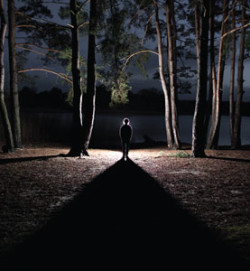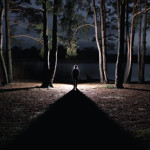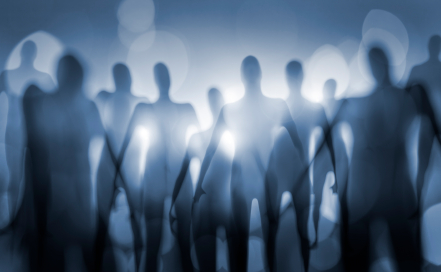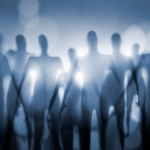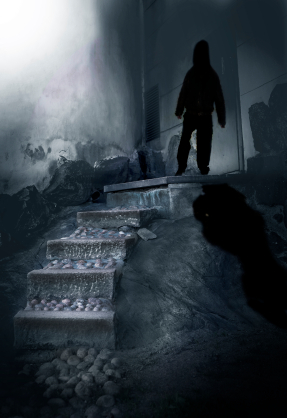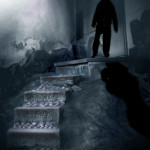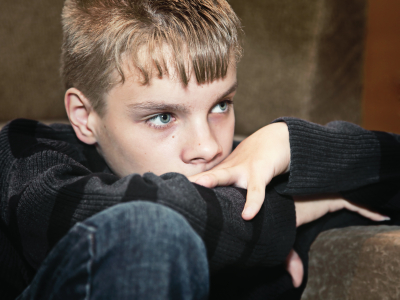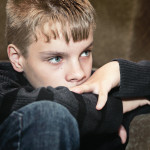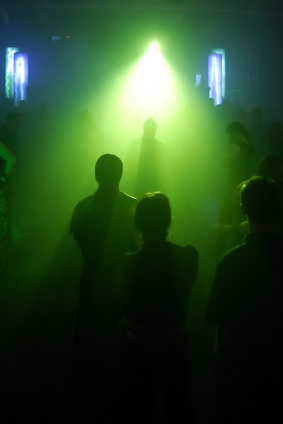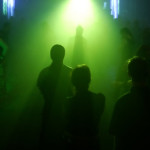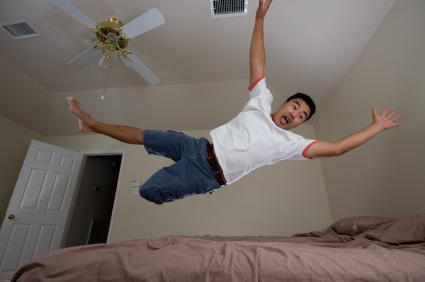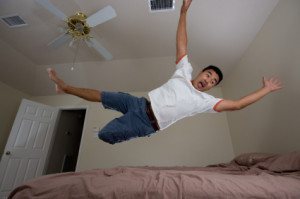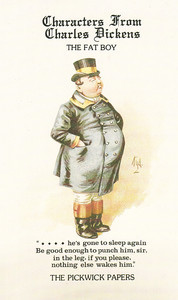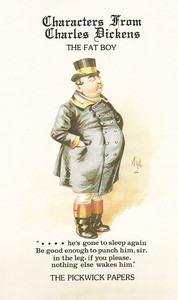Sleep Walking
Sleep walking is something most people have encountered at some point in their lives. Even very small children can fall victim to the odd habit of rising from bed and wandering about after dark. It is most common in children aged between 6 and 12 years old but it can and does continue into adulthood, and for some it remains a regular activity.
To those people it can become a real problem with their day-to-day lives being affected negatively and their family members being disturbed and worried over the nocturnal wanderings. Contrary to popular belief it is not dangerous to wake a sleepwalking person, unless of course they are in a dangerous position like the fifteen year old girl who was found precariously snoozing on top of a 130ft crane at 2am, (teenager sleep-climbs up crane) but it will leave them startled and disorientated.
There are many tales about the amazing things which some people get up to during sleep walking episodes, from cooking full meals to dressing, leaving the house and going to school or work…in fact anything you can do while you are awake you can do whilst all the time completely asleep.
There have been many crimes commited, and some cases acquitted as a result of a sleep walking verdict. One of the most famous being the Kenneth Parks case. Kenneth’s story was captured in the film The Sleep Walker Killing. Kenneth Parks stabbed his mother-in-law to death and assaulted and seriously injured his father-in-law after driving 14 miles to their house whilst apparently asleep. He arrived at the police station after the event traumatised and repeating “I think I’ve kiiled some people”.
His claims to have been asleep during the whole ordeal were of course met with scepticism, however the specialists could find no other explanation. Parks’ EEG readings were highly irregular even for a parasomniac. This combined with the facts that there was no motive, that he was amazingly consistent in his stories for more than seven interviews despite repeated attempts of trying to lead him astray, that the timing of the events fit perfectly with the proposed explanation, and that there is no way to fake EEG results, led to a jury acquitting Parks.
There are approximately 70 recorded cases of people commiting murder while seemingly asleep to date.
On a lighter more positive note Welsh- Australian Lee Hadwin, who has no desire or ability to paint during his waking life, has frequently woke to find he has created spectacular paintings during the night. He can never recall producing them but has frequent vivid dreams about painting. He is now fondly known as Kipasso. See a short interview with ‘Kipasso’ here.
A study by scientists at the UCLA and the University of Wisconsin have jointly found that different parts of the brain ‘go to sleep’ at different times meaning communication between different regions can be lost throughout the sleep stages. This could partly explain disorders such as sleep walking. This makes us more like Dolphins who are known for their ability to sleep with one part of their brain, while the other controls their need to surface for air while they sleep. Source: Study Finds Brain Regions Go Offline at Different Intervals.
If you or a family member is suffering from regular sleep walking episodes then you will know what a worrying habit it is; the main thing to remember is that for many people, sleep walking is a periodic problem…something which crops up during times of stress or worry and it is not something which usually occurs regularly.
What causes sleep walking and is it possible to stop?
Most sleep walkers find that their wanderings become worse during times of worry, upheaval or stress. Teenagers who are sitting exams are commonly affected by sleep disturbances and may get up and look for their books if they have studied for too long during the day and people who are stressed about work may wander about looking for their phone or their diary. The best way to deal with sleep walking is to ensure that the hour before bed is a calm one. Avoid alcohol. Avoid tea or coffee after 6.00pm and don’t eat too close to bedtime either! A warm bath and a herbal tea before bed is a good way to allow the mind to unwind.
How to manage sleepwalking in children
Small children who sleep walk are thankfully quite rare however it can happen that an upheaval or big change in a child’s life can trigger an episode of restlessness and sleep walking. If you do encounter this problem with your child, the main thing is to know that in the majority of cases, the child will remember nothing about it in the morning…and won’t be upset or disturbed by the problem.
If you see or hear your child wandering after they have fallen asleep, deal with them in the same way as you would an adult sleep walker; gently guide them back to their bed and wait for a few minutes to see that they are going to remain there. It can happen that a child will repeatedly get out of bed and sometimes may appear to be awake with eyes open and even asking for things. Look closely though and a sleepwalking child will appear “blank” or not fully aware. Once the period of change is over, most children will cease to sleepwalk and will return to normal habits.
If your child, or anyone in your household is prone to sleep walking, always be sure to secure doors and windows and that cookers and other dangerous equipment are unplugged at night. Try to ensure the sleep walker sleeps on the ground floor if possible. Placing an alarm or bell on the bedroom door may awaken the sleep-walker or alert others in the house that someone is up and wandering.
There are medications available for serious cases but the preferred treatment options are learning relaxation techniques, using mental imagery, or implementing planned awakenings if the pattern is regular enough. Wake the person about 20 minutes before they usually start sleep walking and keep them awake for the amount of time the episode usually occurs.
As always, your first port of call should be your doctor’s surgery.
Comments are open. If anyone would like to share their experiences we would love to read them!

